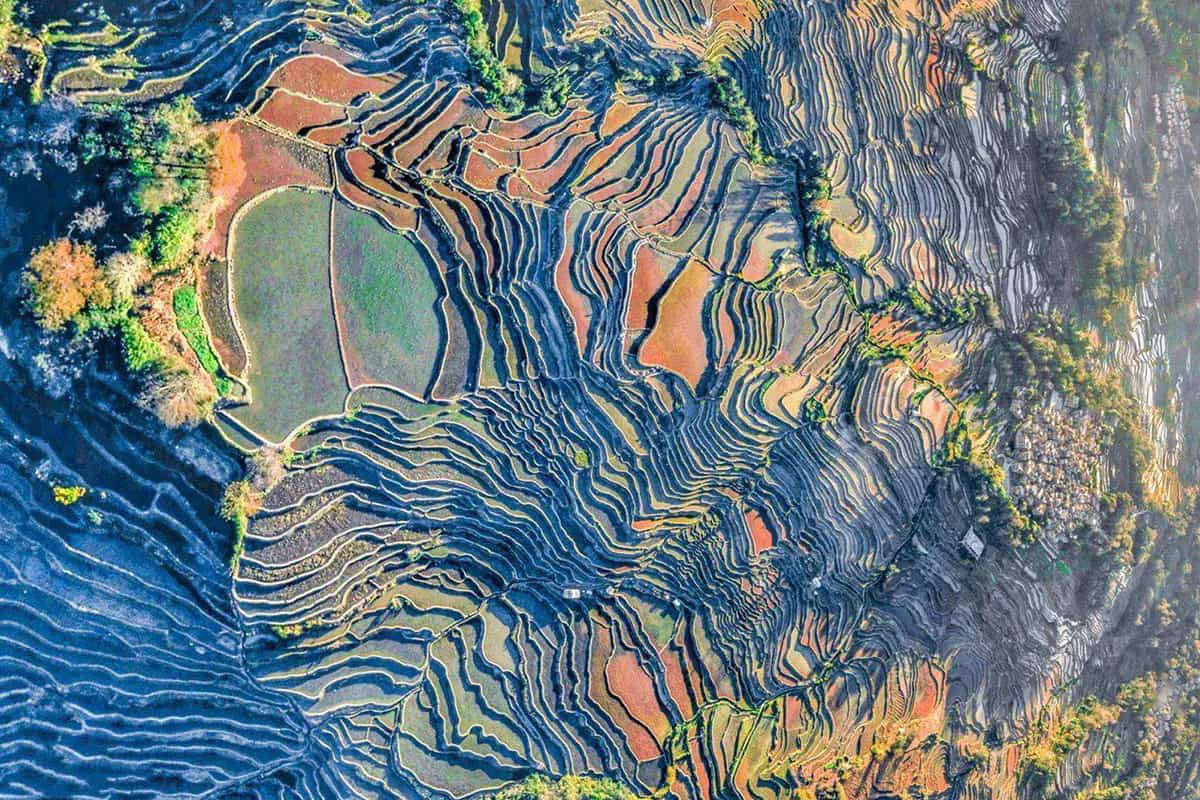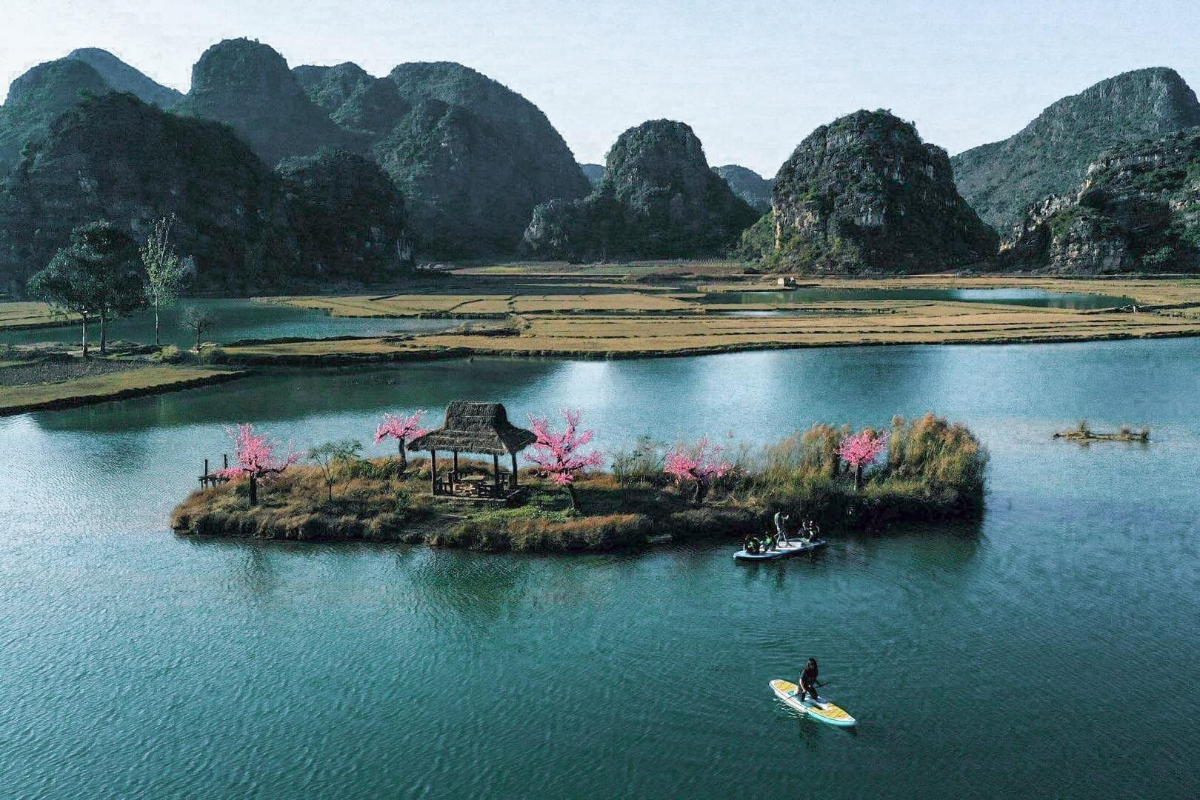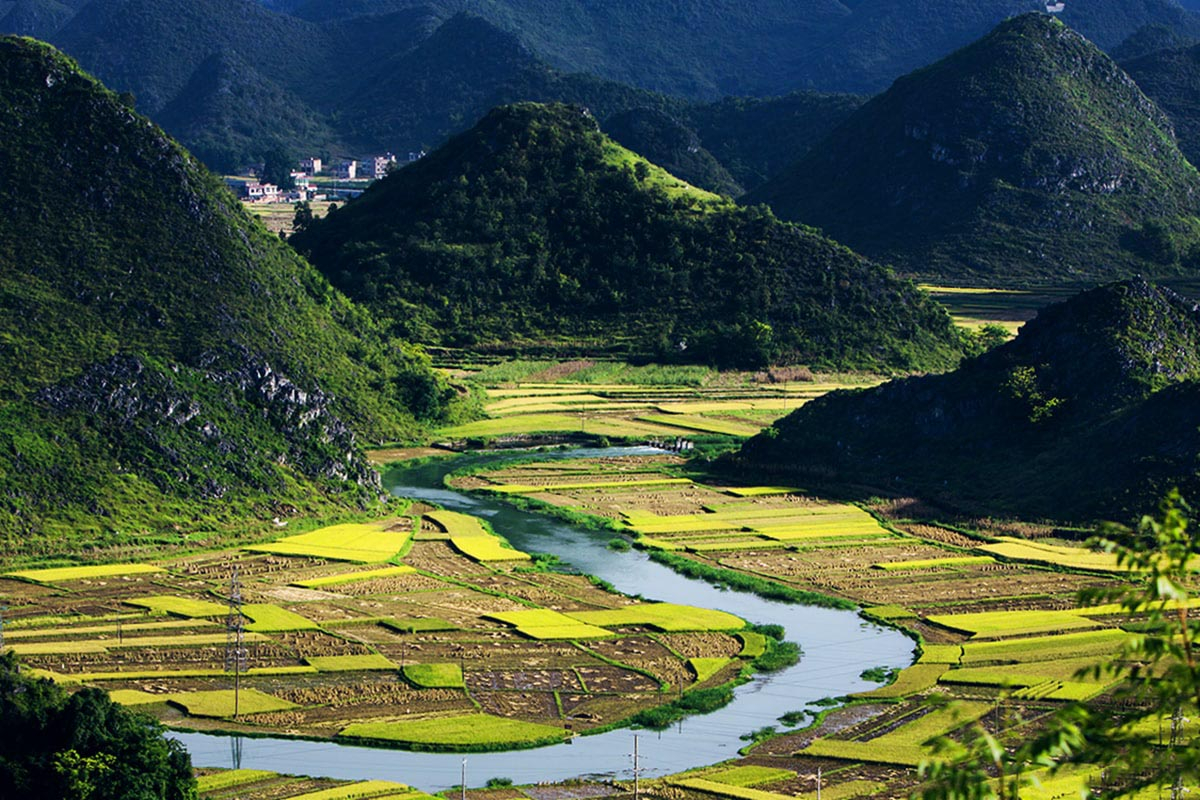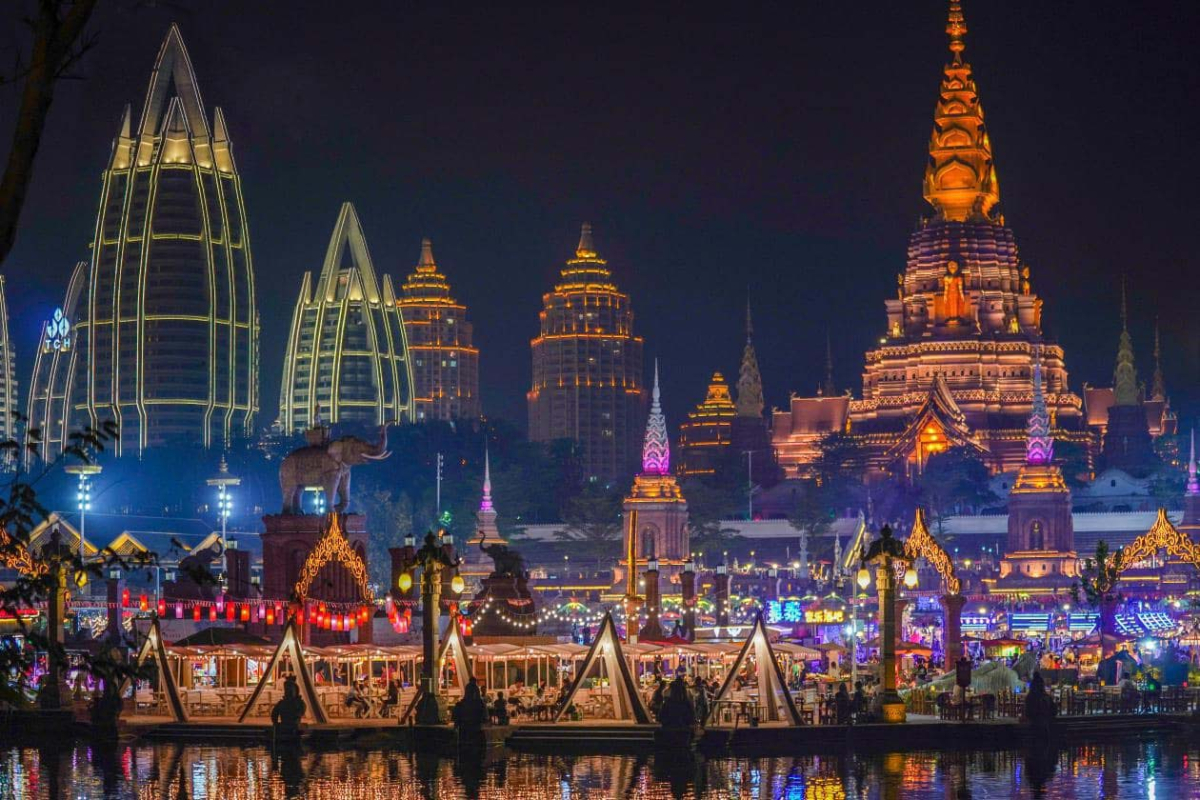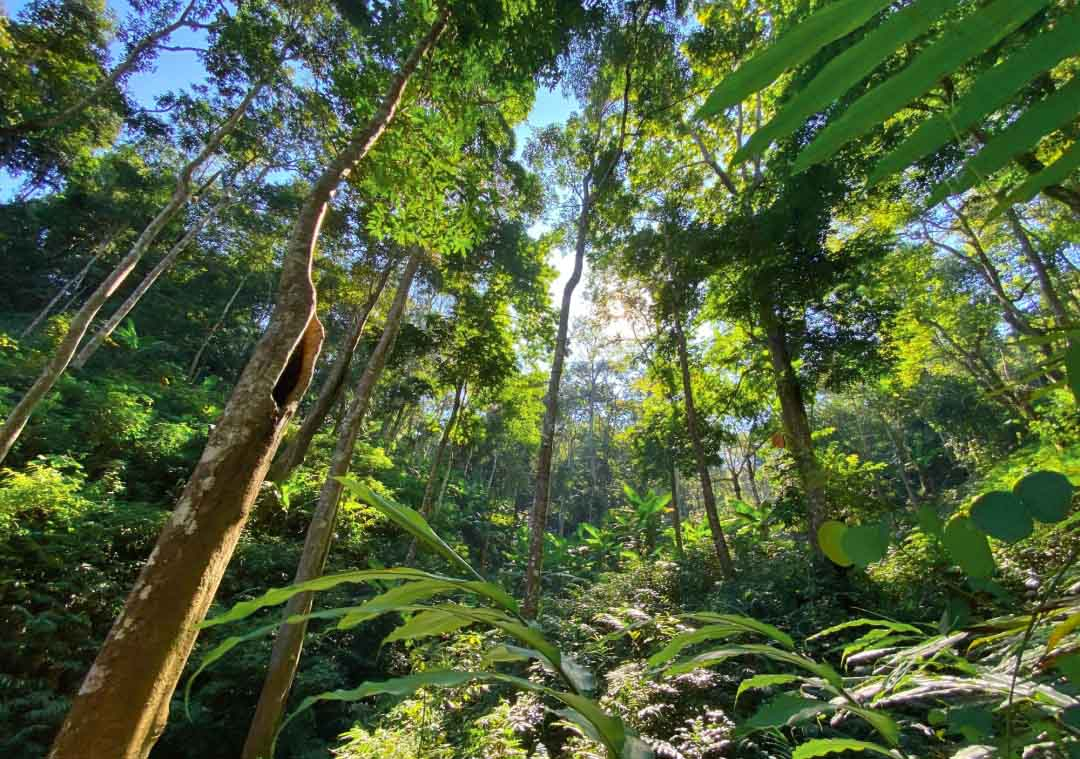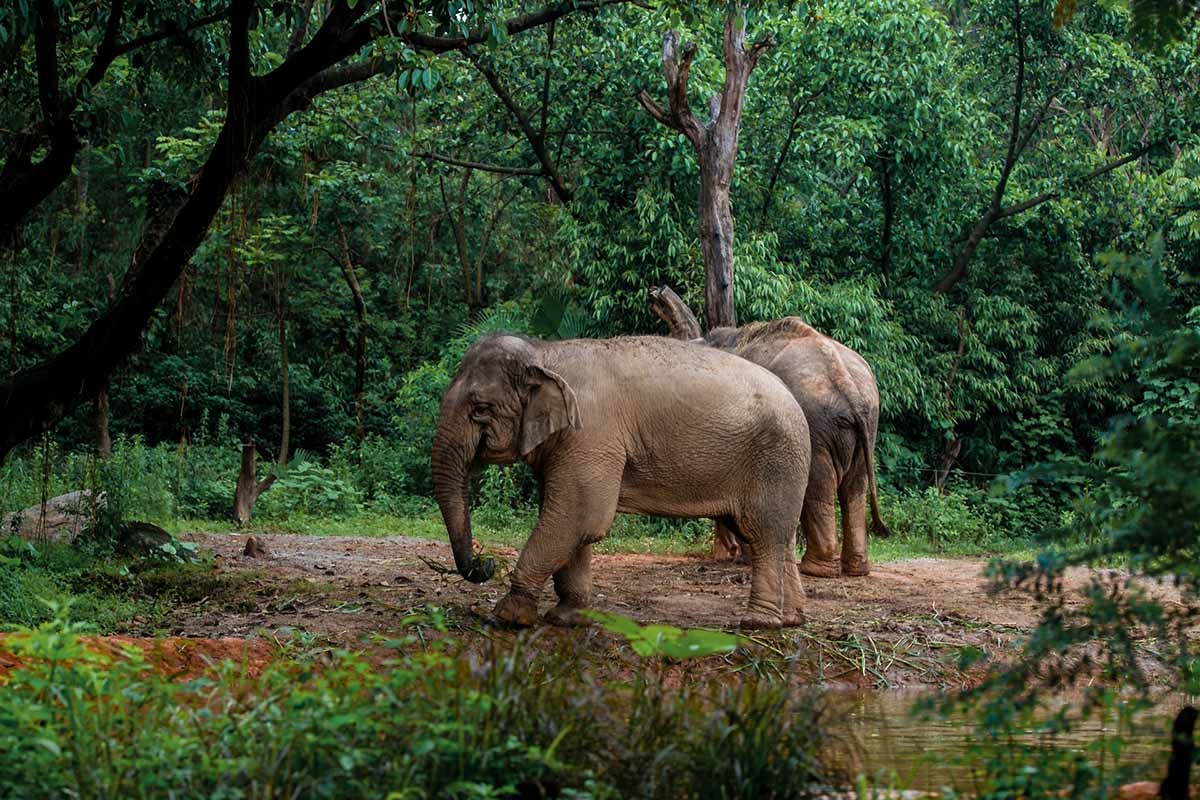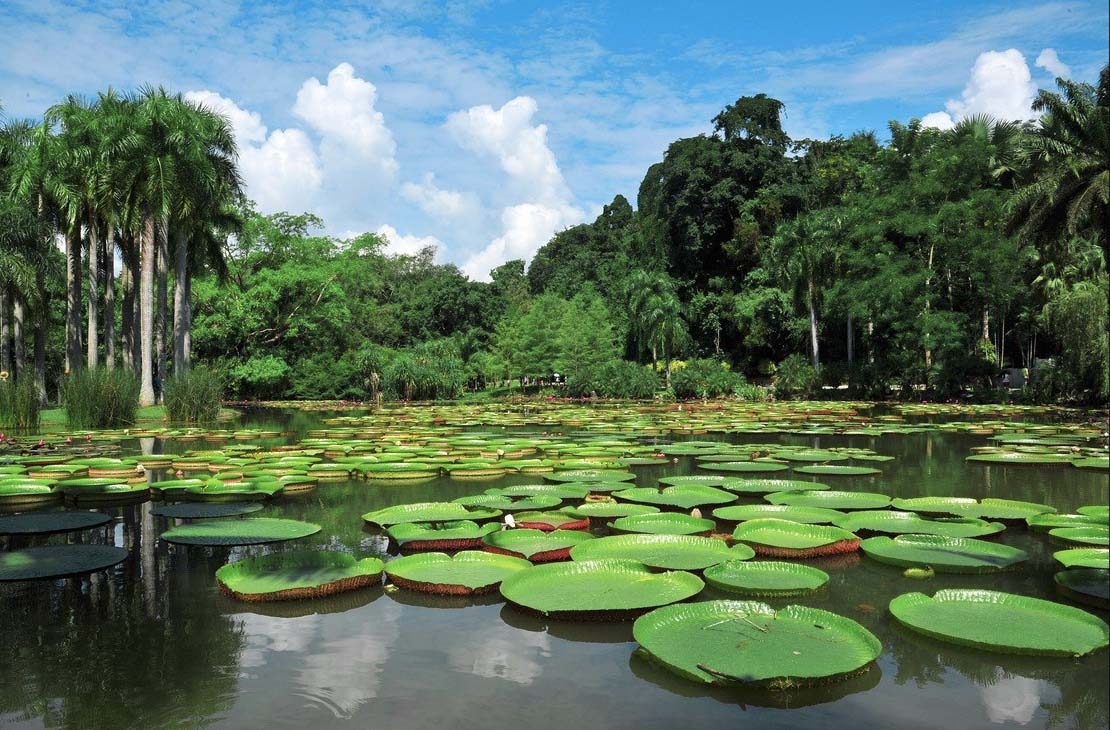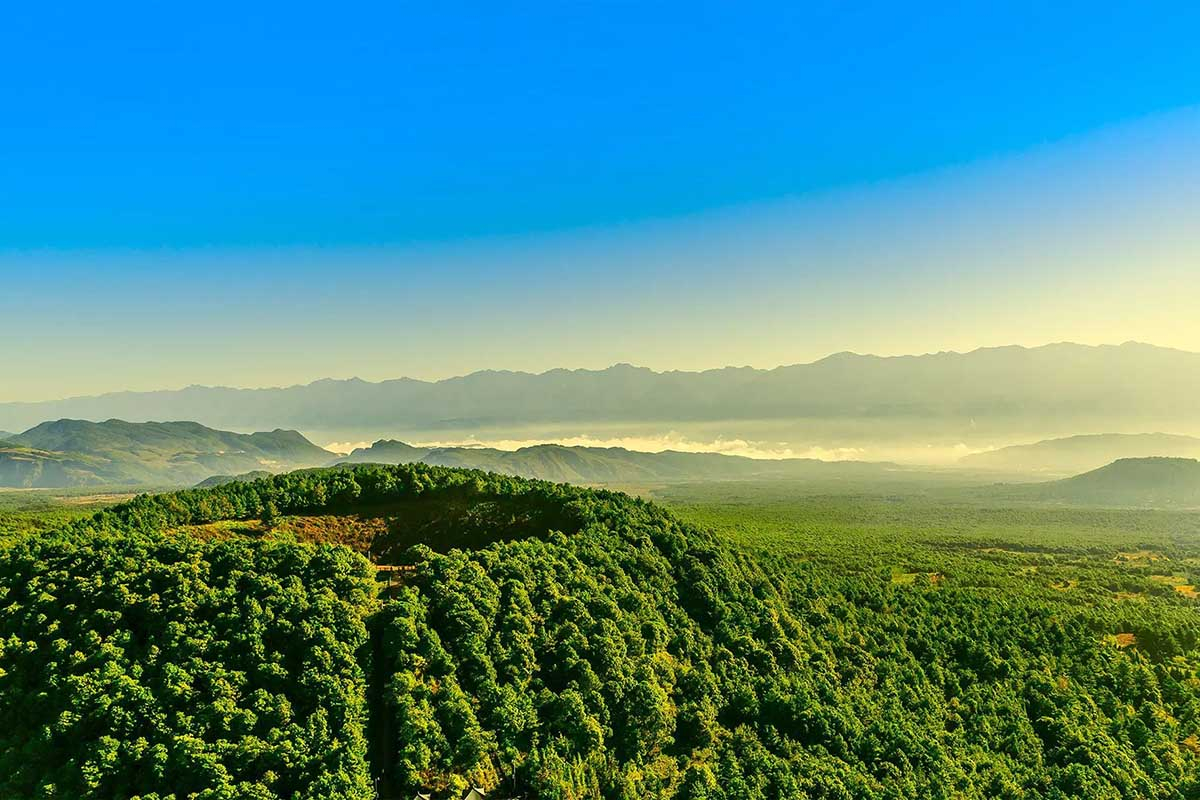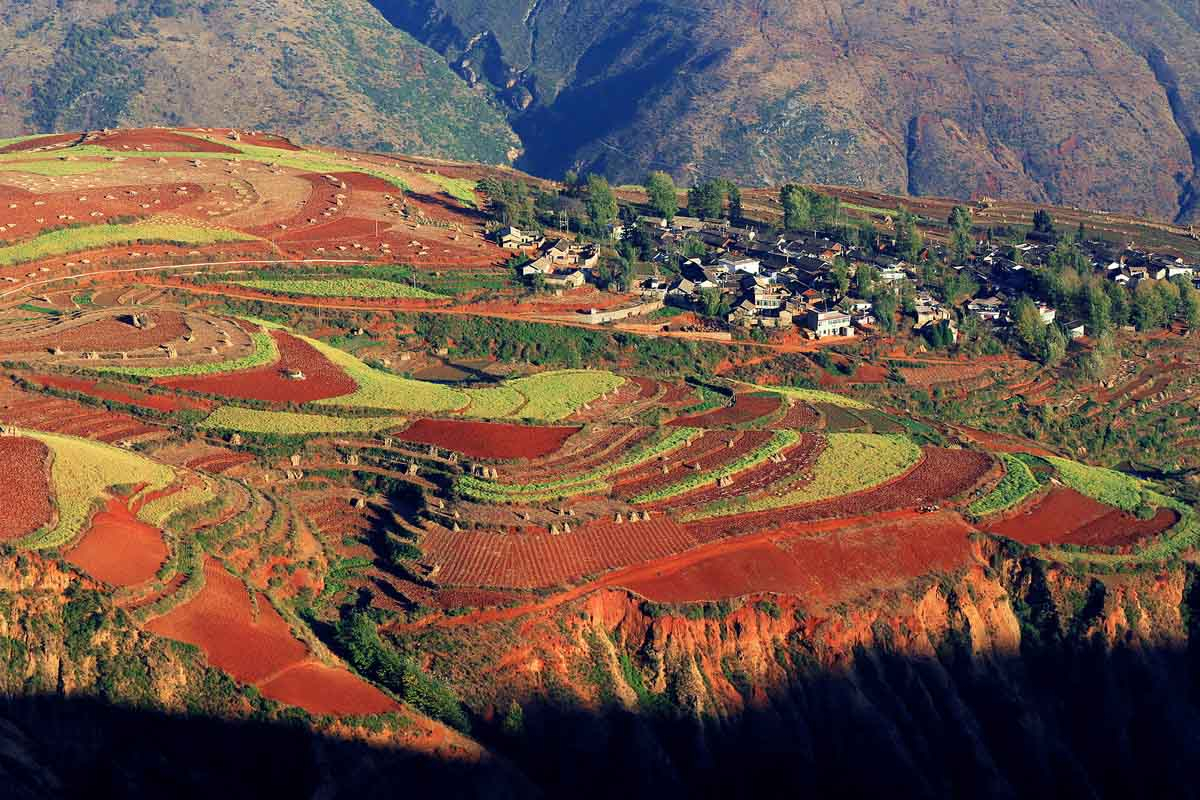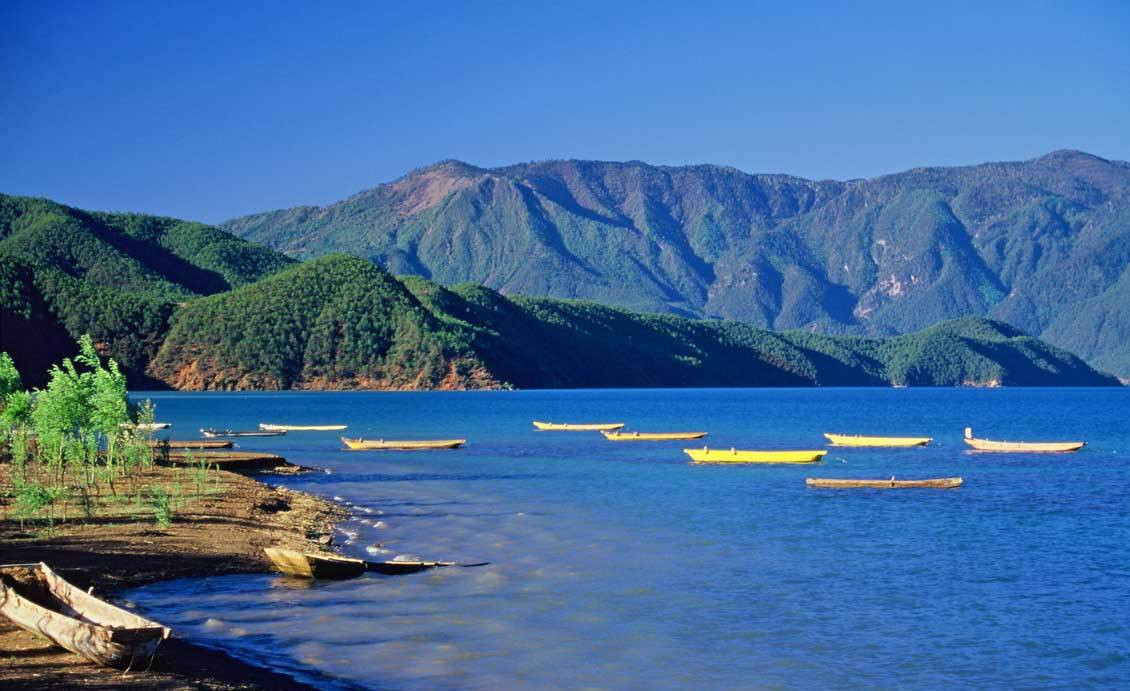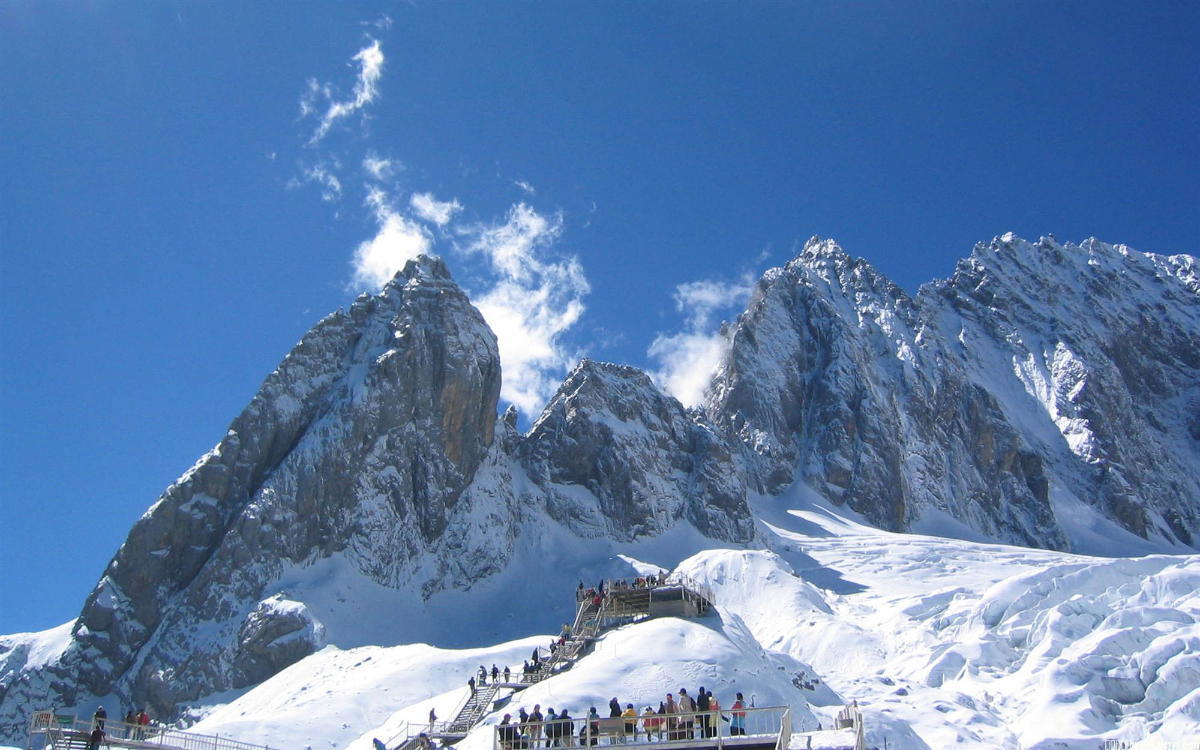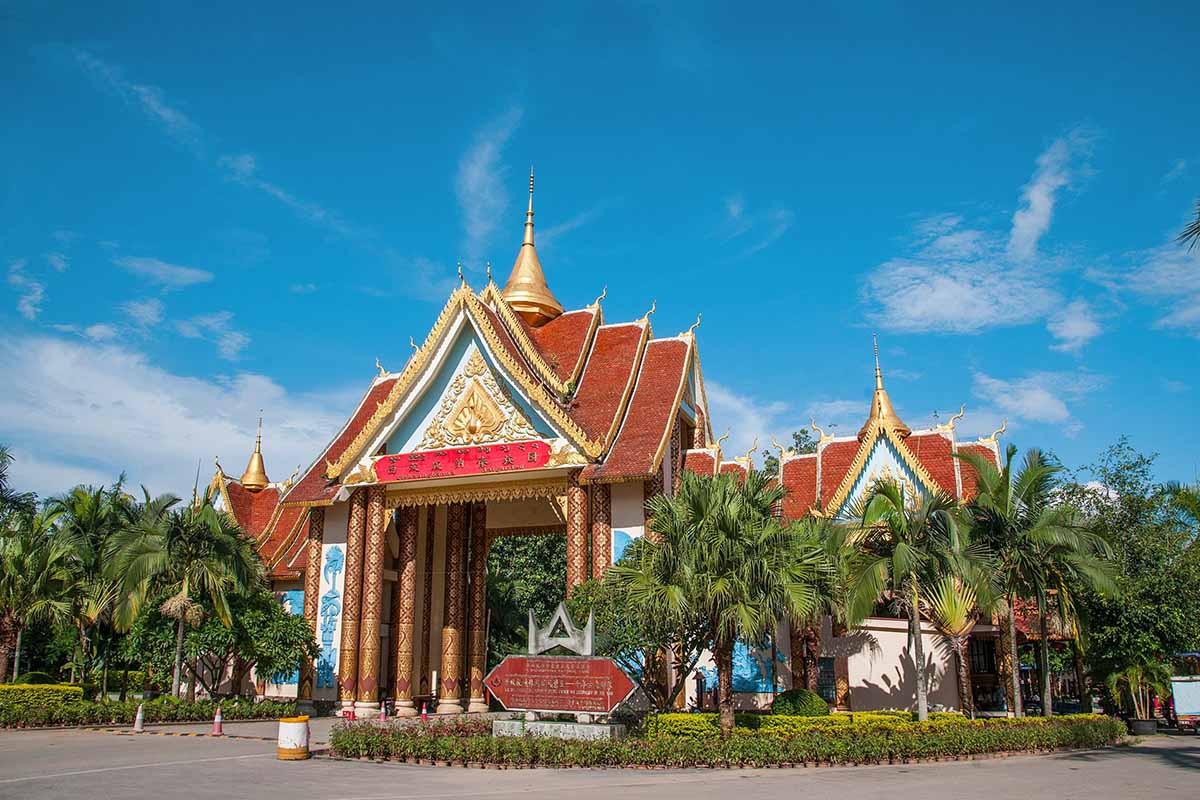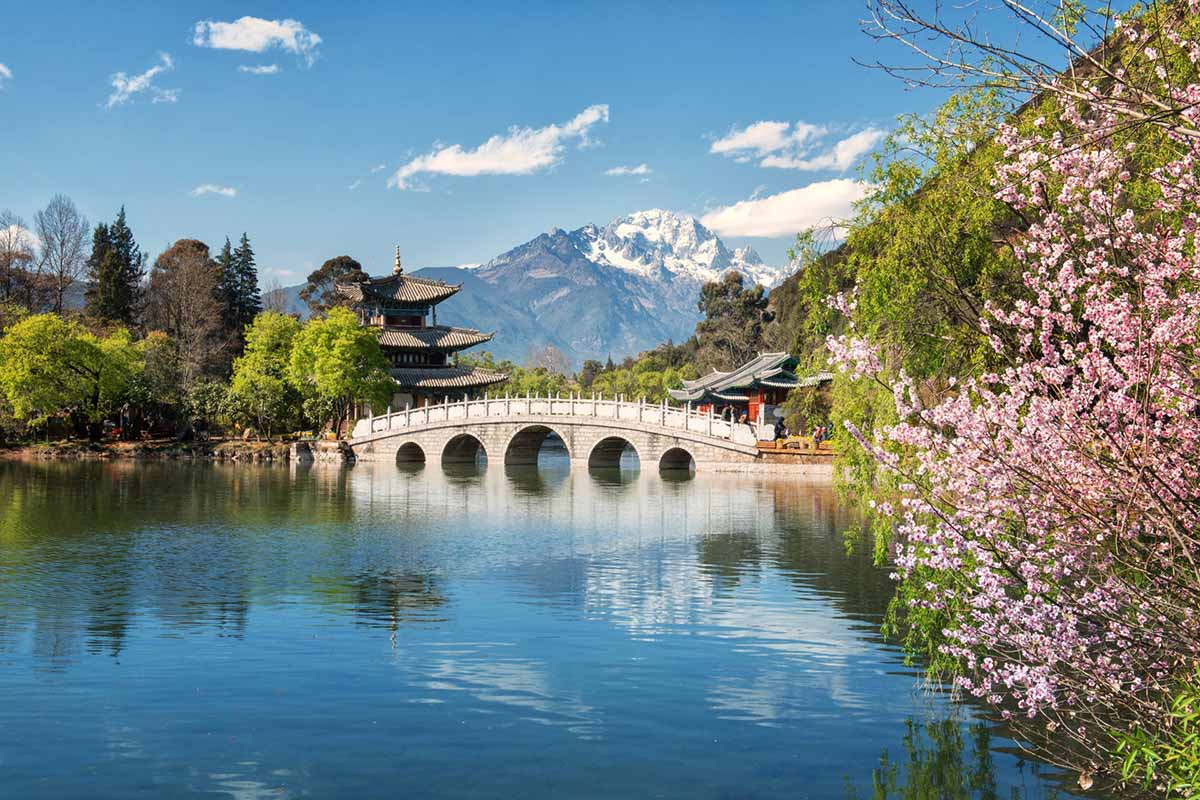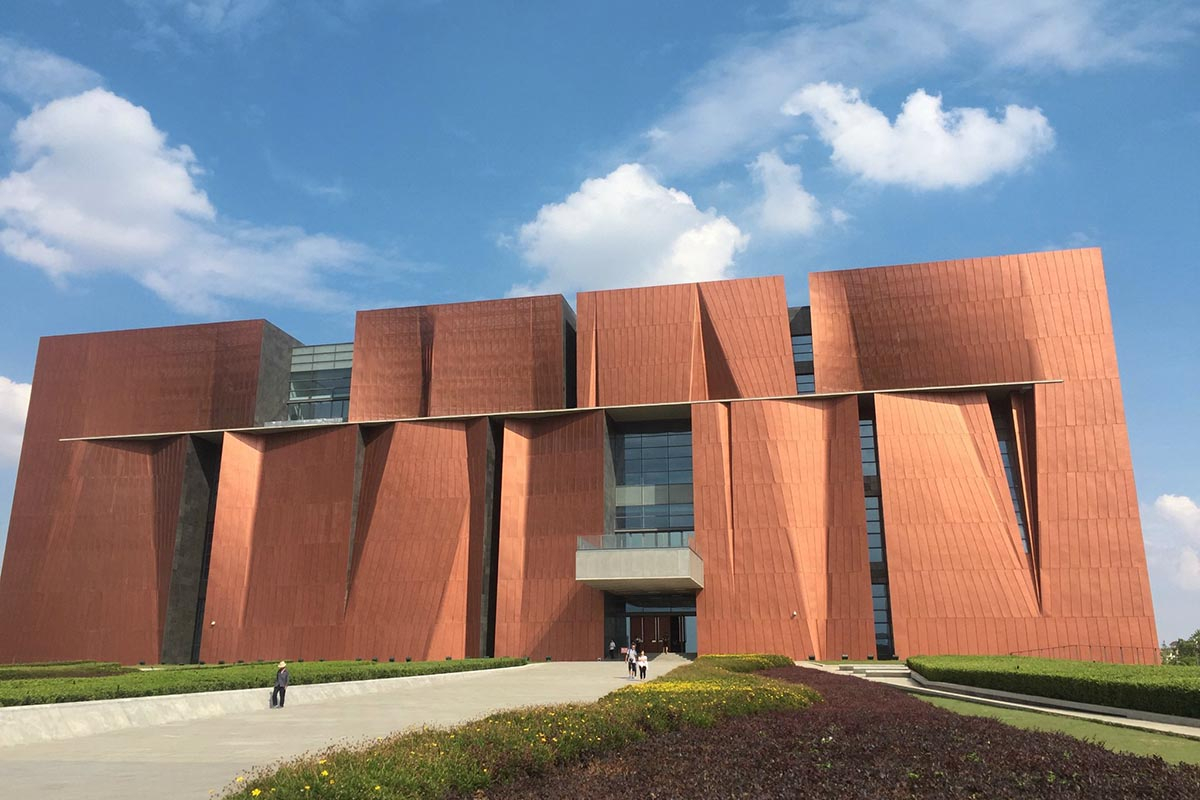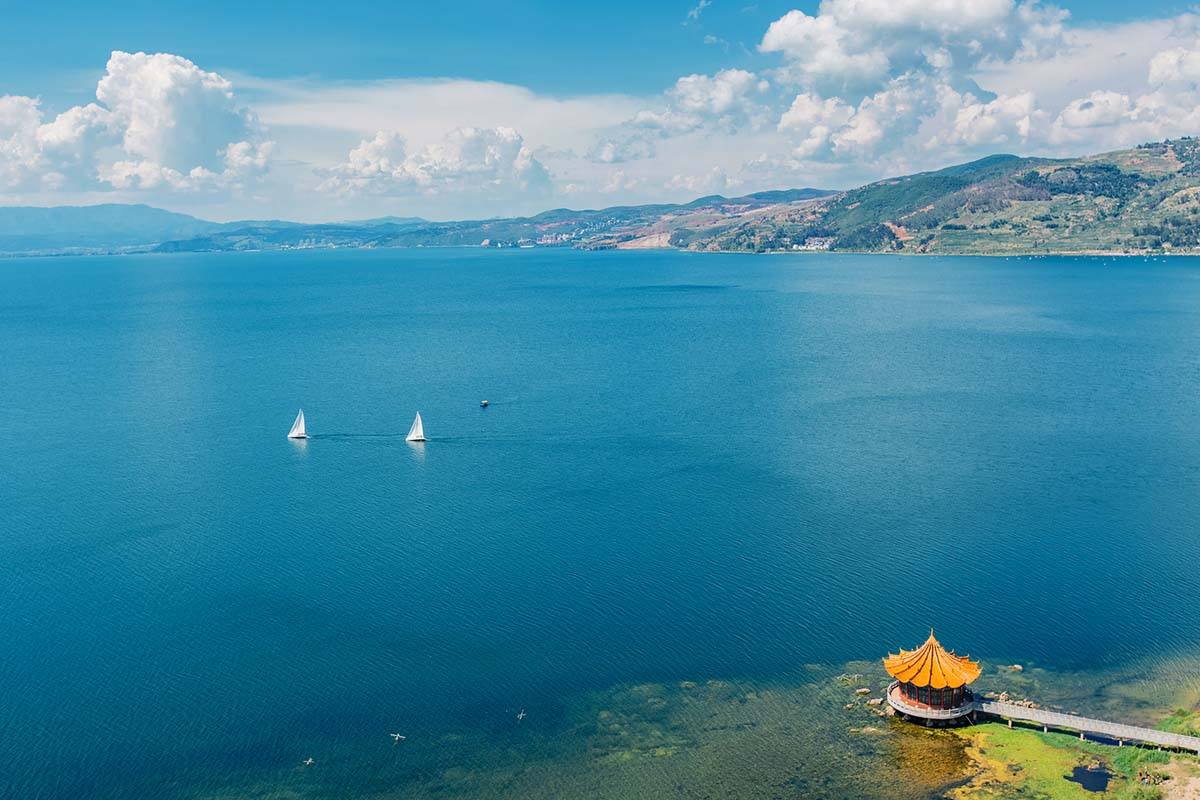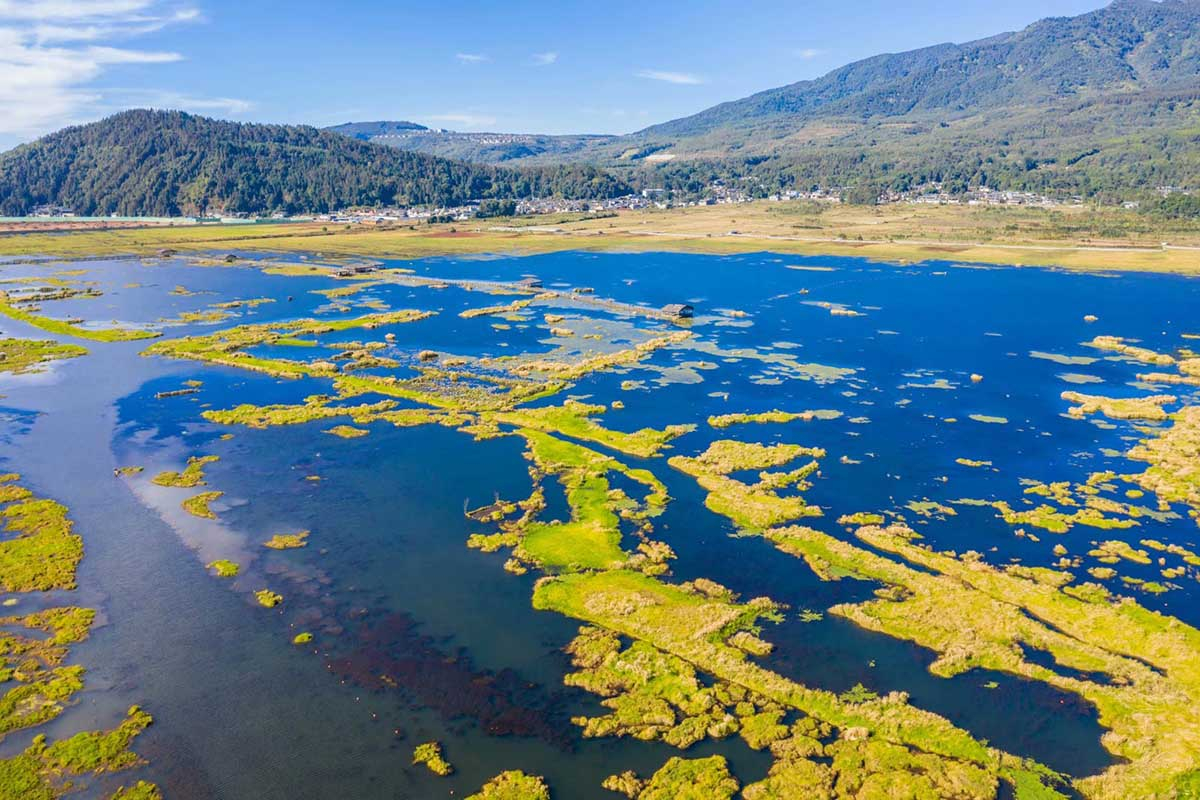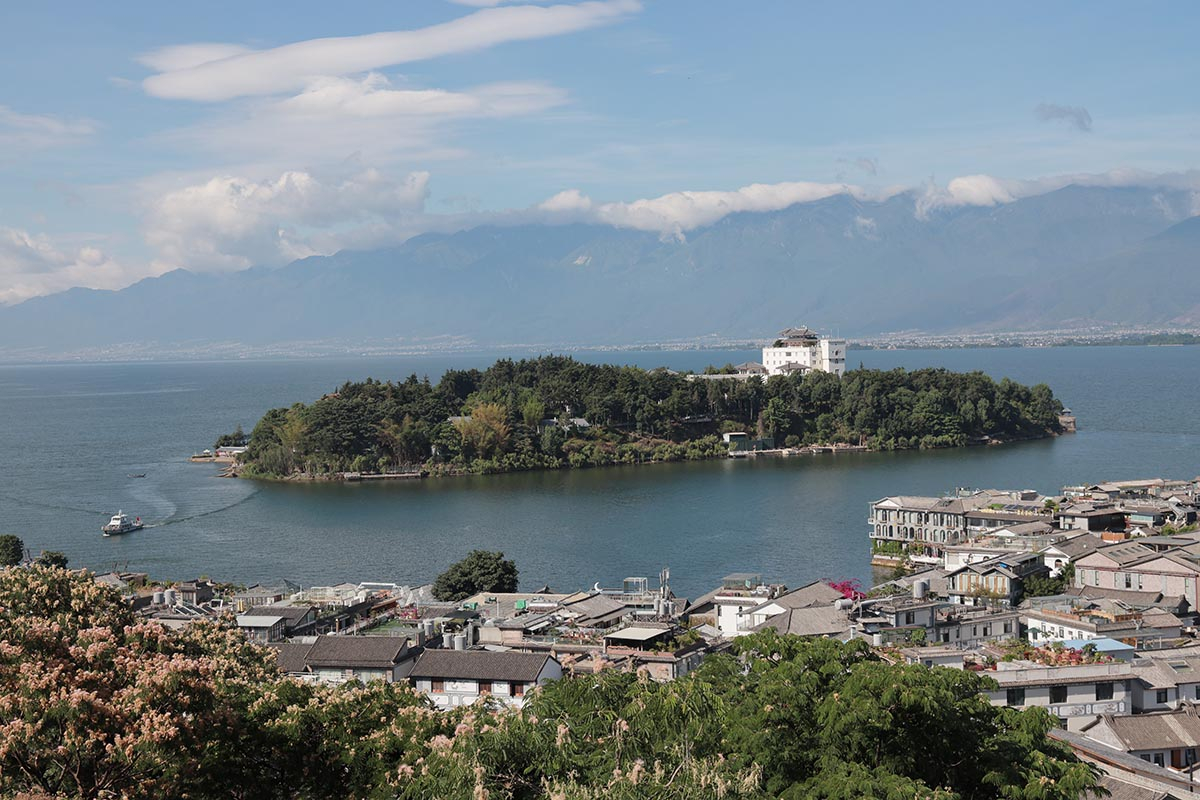Nuodeng Ancient Village
Chinese Name: 诺邓古村 (Nuo Deng Gu Cun)
Location: Nuodeng Town, Yunlong County, Dali Bai Autonomous Prefecture, Yunnan Province.
Ticket: Free
Estimated tour time: Half day to 1day
Recommended time to visit: All year round.
Nearby attractions: Jiaozi Snow Mountain, Tianchi Nature Reserve, Dali Ancient Town, Erhai Lake, Shaxi Ancient Town, Cangshan Mountain, etc.
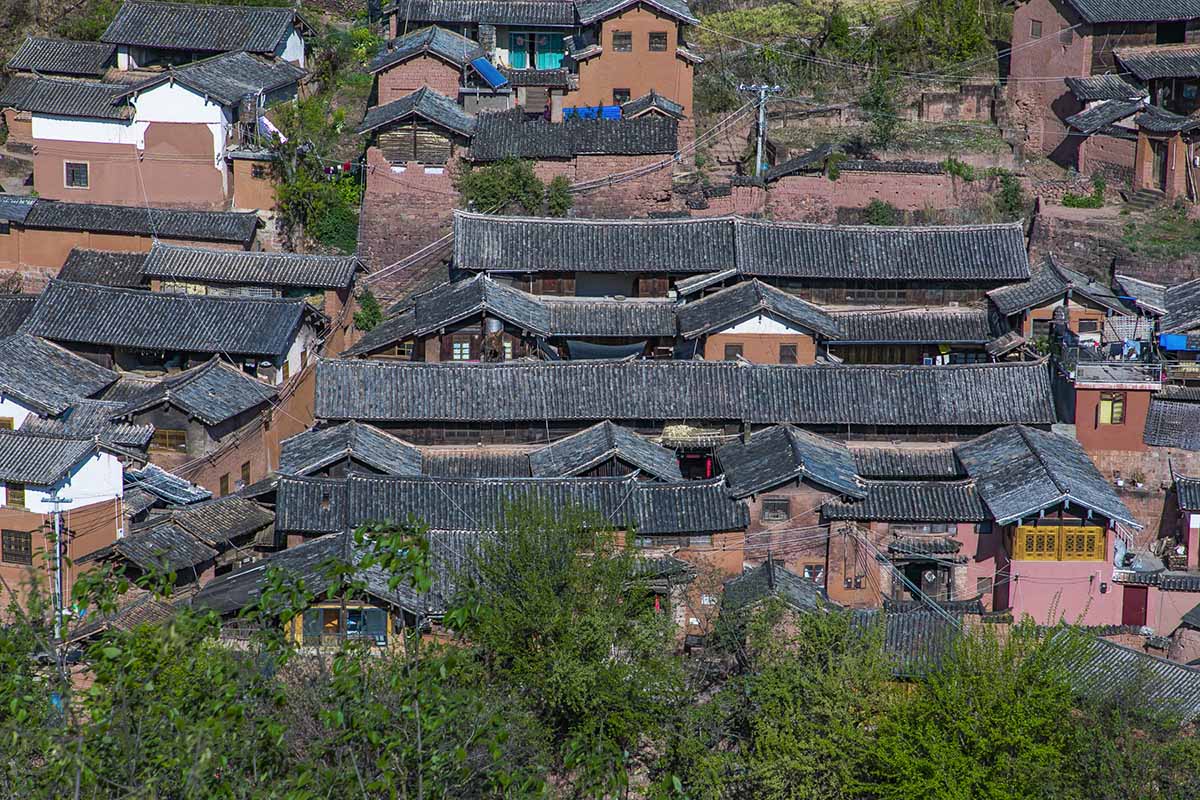
Nuodeng Ancient Village, located in the northwest of Yunlong county seat, Dali Bai Autonomous Prefecture, Yunnan Province. It has preserved a large number of Ming and Qing dynasty buildings and the famous Jade Emperor Pavilion Taoist complex, which is known as the "Millennium Bai Village". Centering on Nuodeng Town of Yunlong County, Nuodeng ScenicArea includes Nuodeng thousand year old Bai nationality ancient village, Tianchi, natural Taiji diagram, Hutou Mountain and Bijiang Ancient Bridge.
Nuodeng means "Tiger Hillside" in the Bai language. Nuodenggu Village is located in the valley to the northwest of Yunlong County, Dali Bai Autonomous Prefecture, Yunnan Province. After 1143 years, Nuodeng Village has always maintained the same name, nationality and industry, so it is known as the thousand year old ancient village.
According to research, this village is the oldest village in northwest Yunnan province, and it is also the only village with the same original name in the earliest historical book in Yunnan Province. Modern residential buildings in the village are rare, and a large number of Ming and Qing dynasty buildings and the famous Jade Emperor Pavilion Taoist buildings are preserved. This small village was a great place in ancient times which has been recorded in historical records for a total of 1,138 years from the Tang, Song, Yuan, Ming and Qing dynasties. Wells were dug to make salt in the Tang Dynasty at the latest. It is a typical village based on salt wells.
Nuodeng Village used to be commonly called Nuodeng Well or Nuo Well, well is salt well. According to historical records of Yunnan, salt mining in Yunnan has been produced in the Qin and Han dynasties. In 110 BC, salt was produced in today's
Anning, Dayao and Yunlong. From the Western Han Dynasty to the Southern and Northern Dynasties, Yunlong was called Bisu County, which means "salt land" in the ancient Bai language. The basic reason why Bisu County was set up in the Han Dynasty was that it produced salt. Due to the developed salt economy, Nuodeng Village once became one of the commercial centers in the western Yunnan region. The ancient Nuodeng trade road and post road ran to Dali and Kunming in the east, Tengchong in Baoshan in the south, Liuku Pingma in the west, and to Lanping, Lijiang and Tibet in the north with the "Tea Horse Ancient Road".
The village now retains more than 60 Ming and Qing dynasties residential buildings, more than 40 residential buildings in the Republic of China period and more than 20 ancient temples and other public buildings as well as more than 5000 meters of streets and alleys, more than 200 plants, more than 200 ancient trees over 100 years old.
Nuodeng Village is surrounded by mountains, the lowest elevation of the village is 1,900 meters, the highest Jade Emperor Pavilion is more than 2,100 meters. Except for the small flat terrace behind the Dragon King Temple at the eastern foothills, almost all the dwellings were built on the hillside. The architectural style of folk houses in Nuodeng Village is basically the same as that of Bai people in Dali area, but because it is built on the mountain, the design has ingenious changes in conception, style also shows diversity. It fully embodies the coordination and adaptation of man and nature. Nuodeng residential buildings attach importance to exquisite craftsmanship. Doors, windows, wooden beams, columns and eaves all pay attention to beautiful and fine carved patterns. There are paintings or patterns on gables and courtyard walls. The arrangement and craftsmanship of each house are distinctive, and almost no two houses are exactly alike. Many families still have furniture, antiques and other objects from the Ming and Qing dynasties.
Nuodeng Village has a long history and culture, surrounded by many scenic spots, with profound cultural connotation and tourism value. They are Nuodeng Village 24 views: the Two Thousand Year Old Salt Well, Halogen Pulse Dragon King, Beishan local-style dwelling houses, Huodong houses, salt street and salt bureau, ancient government site, site of the platform of the Tao master's home, the silversmith’s former residence, pools, etc.
- HOTEST
- RECOMMEND
